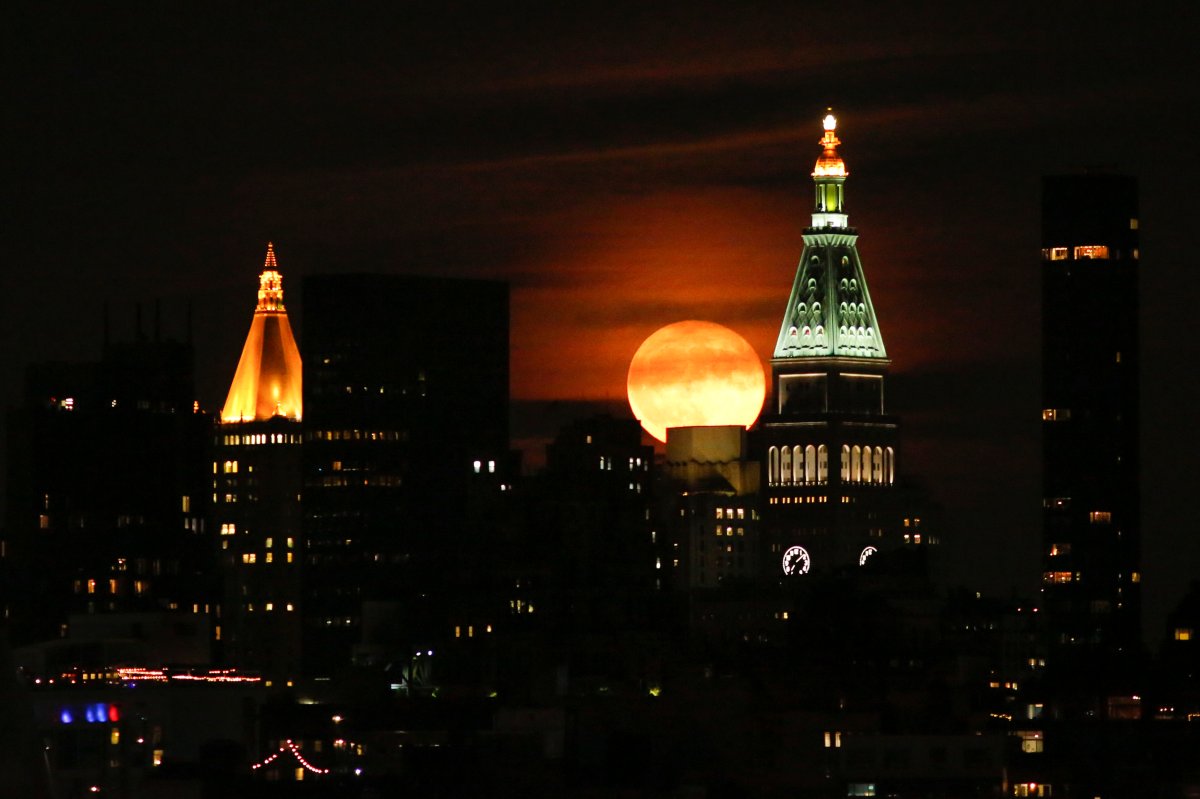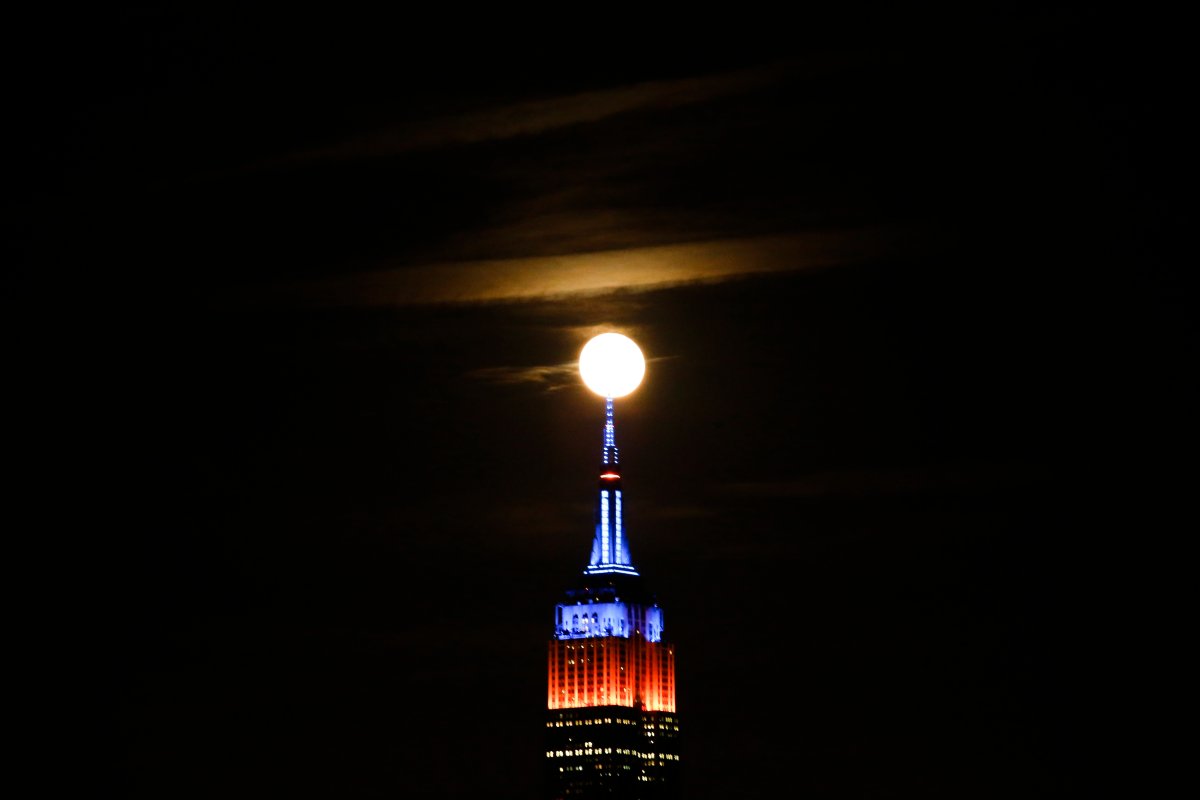It’s a buzzword that graced headlines around the world: supermoon.

A supermoon is the result of a phenomenon called perigee-syzygy. Syzygy is what happens when the sun, moon and Earth line up as the moon orbits Earth. Perigee is the when the moon’s orbit brings it closest to Earth – 30,000 miles closer – than when it’s at apogee, or the point in its orbit when it’s farthest from Earth. When the moon achieves perigee-syzygy and it’s on the opposite side of Earth from the sun, a supermoon occurs.
But is it rare? Not really. This year we saw three supermoons appear in close succession: once each in October, November and December. So a quarter of the months in 2016 yielded this so-called “rare” event.
Frank Florian, director of planetarium and sciences at the TELUS World of Science in Edmonton said “supermoon” is a bit of misnomer.
“It’s just a way that someone tried to explain that sometimes the moon comes a bit closer to the Earth and use that term as a reference for it because it’s closer but not necessarily any better or different than any other full moon for that matter,” he said.
October 16
The supermoon on Oct. 16 brought views of a brightly lit moon to skywatchers. It was beautiful, but not a remarkably rare event.
November 14
This supermoon was dubbed the “super-duper” moon because of its proximity to Earth. Scientists said it would be the closest the moon was to our planet in the 21st century and that the moon would not be that close again until Nov. 25, 2034.
December 14
This supermoon wasn’t super-duper but it did occur at the same time as the Geminid meteor shower. However, the moon’s brightness ruined the view of the meteor shower, thus making it a bit of a skywatcher’s letdown.
— With files from Emily Mertz and Marilisa Racco, Global News











Comments